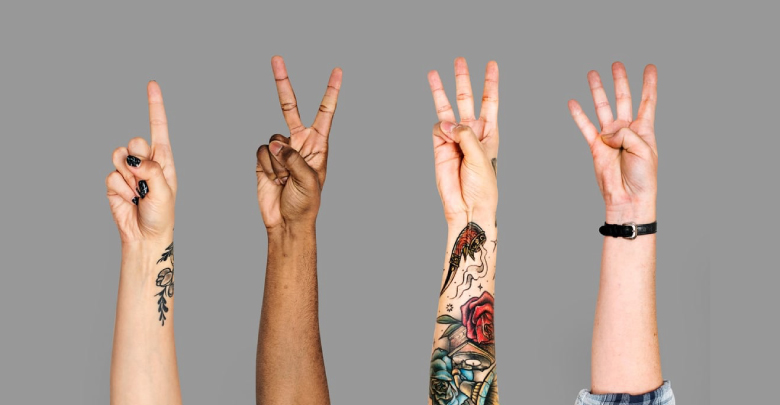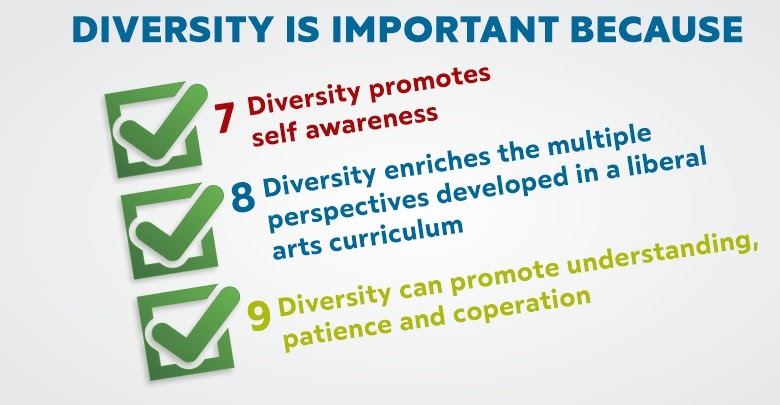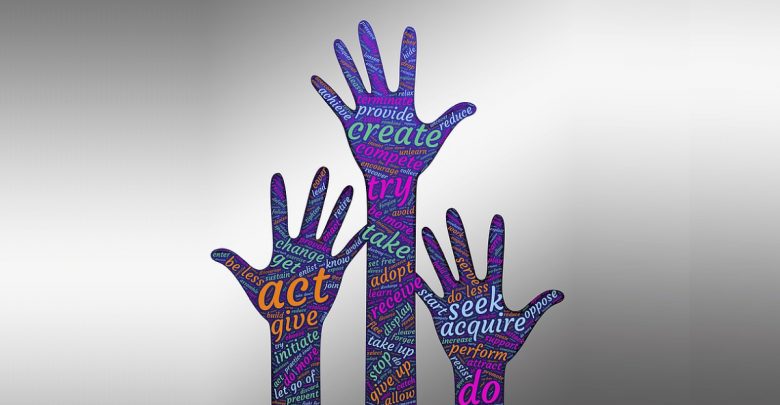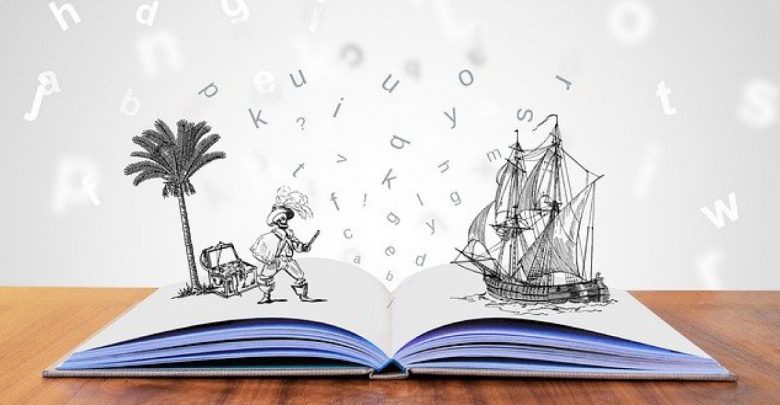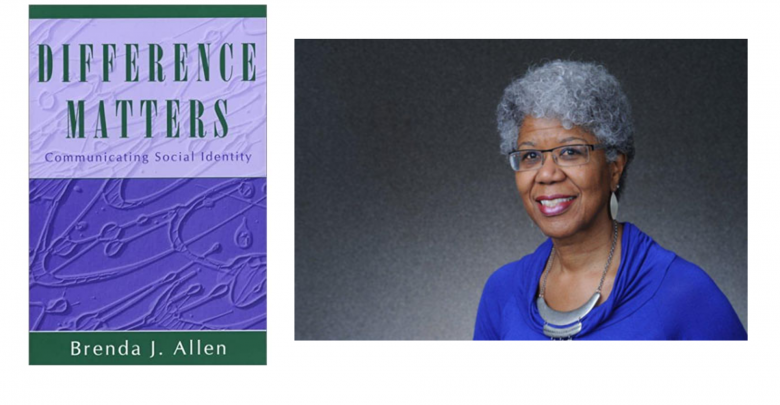diversity
-
Why did I choose this tool? I think we often use certain buzzwords or jargon related to being trainers without pausing to look more deeply into what the words mean. I know that I often feel confused at what people mean when they use the terms diversity, equity, and inclusion (DEI). While there are various ways to define these terms,…
Read More » -
What Is Culture? Culture is the totality of values, beliefs, and behaviors common to a large group of people. A culture may include shared language and folklore, communication styles and ideas, and thinking patterns—the “truths” accepted by members of the group. Members of culture have similar expectations of life. The term “culture” derives from the Latin word “cultura” which means…
Read More » -
Diversity awareness is one’s ability to embrace the uniqueness of all individuals along several dimensions such as race, religious beliefs, ethnicity, age, gender, physical abilities, political beliefs, a socioeconomic status. Diversity awareness skills extend beyond mere tolerance to encompass exploration of such individual differences, respecting them, and ultimately nurturing a healthy relationship with the individual despite the differences. With the…
Read More » -
Introduction: Social Learning Theory, theorized by Albert Bandura, posits that people learn from one another, via observation, imitation, and modeling. The theory has often been called a bridge between behaviorist and cognitive learning theories because it encompasses attention, memory, and motivation. Content: Social learning theory explains human behavior in terms of continuous reciprocal interaction between cognitive, behavioral, and environmental influences.…
Read More » -
Introduction: Stories get the results that other communications can’t. Effective story-telling is a tool that trainers and facilitators could use to better understand what there is behind the group of participants and how to involve them in a meaningful design of training. Content: There’s actually a biological reason why humans are so good at stories. No doubt you’ll have observed…
Read More » -
Why did I choose this tool? This book served as the foundational text for a course I took in university that changed my life. It was the most vulnerable and open classroom experience I have had at university, and it was with people from a wide variety of backgrounds. I liked how the book defined different dimensions of social identity…
Read More » -
Why did I choose this tool? I like to take the approach where I reduce the number of variables in an activity so that I can better see which variables are causing the problems and can therefore change the outcome by changing the variables. It may come from my engineering background, where I like to solve a problem at its…
Read More » -
Why did I choose this tool? Having worked under Jeff DeGraff, one of the original creators of the framework, I personally saw the power of this model of thinking. It helped teams through innovation and change management and provided a simple and clear way to differentiate team behaviors and how those created tension and complementarity. It is a framework that…
Read More »
